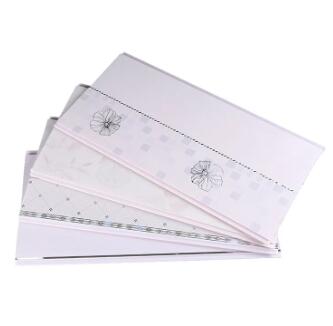Understanding UV Resistance in Plastic Flooring for Sun-Exposed Areas
2024-09-07
When it comes to choosing flooring for areas that experience direct sunlight, one of the key considerations is whether the material is UV-resistant. While plastic flooring is highly versatile and durable, how well does it hold up under the sun’s harsh ultraviolet (UV) rays? In this blog, we’ll dive into the question: Is plastic flooring UV-resistant enough for sun-exposed environments?
1. The Effects of UV Rays on Flooring
Before we address UV resistance, it’s important to understand how UV rays affect different materials. UV rays from the sun can cause several issues with non-UV-resistant flooring, including:
- Fading: Prolonged exposure to UV light can cause the pigments in flooring materials to break down, leading to discoloration or fading.
- Material Degradation: In addition to fading, UV rays can cause plastic to become brittle, leading to cracks, warping, and other structural issues.
Because of these factors, choosing UV-resistant materials is crucial for spaces like patios, sunrooms, or areas near large windows that receive constant sunlight.
2. How Is Plastic Flooring Made UV-Resistant?
Plastic flooring, by itself, may not be inherently UV-resistant. However, manufacturers can add specific treatments to the material to enhance its durability and resistance to UV rays. Some common ways plastic flooring can be made UV-resistant include:
- UV Inhibitors: These chemical additives are incorporated into the plastic during the manufacturing process. UV inhibitors absorb or reflect UV rays, preventing them from reaching the material’s surface and causing damage.
- Protective Coatings: In some cases, plastic flooring may be treated with a UV-resistant topcoat that acts as a barrier between the sun’s rays and the flooring material. This protective layer prevents fading and degradation while preserving the flooring’s appearance.
3. Types of Plastic Flooring Suitable for Sun-Exposed Areas
While not all plastic flooring is UV-resistant, several types of plastic flooring are designed specifically for use in areas exposed to sunlight:
- Luxury Vinyl Flooring (LVT): LVT is a highly popular flooring option for both indoor and outdoor use. Some luxury vinyl flooring products come with built-in UV resistance, allowing them to withstand exposure to sunlight without fading or losing durability. LVT is also water-resistant, making it ideal for areas like pool decks and patios.
- Plastic Composite Decking: A blend of plastic and wood fibers, composite decking is commonly used for outdoor flooring. These materials are often treated with UV inhibitors to prevent fading and wear from prolonged sun exposure. Plastic composite decking can maintain its appearance and performance even under extreme sunlight conditions.
- Outdoor Rubber or Plastic Tiles: These tiles are designed for outdoor use in playgrounds, patios, and sports areas. The plastic used in these tiles is typically treated with UV-resistant additives to enhance durability and prevent fading from direct sunlight.
4. What Happens to Non-UV-Resistant Plastic Flooring in the Sun?
If you choose plastic flooring that is not UV-resistant for areas exposed to sunlight, you may experience several challenges:
- Fading: One of the most noticeable effects of UV exposure on non-UV-resistant plastic flooring is color fading. Over time, the flooring can lose its vibrancy and begin to look dull or washed out.
- Cracking and Warping: Without UV protection, the plastic can become brittle, leading to cracking, peeling, and warping. This is especially problematic in outdoor spaces where the flooring is exposed to both sunlight and changing temperatures.
- Reduced Lifespan: Continuous exposure to UV rays without proper protection can significantly reduce the lifespan of plastic flooring, leading to premature wear and tear.
5. How to Maintain Plastic Flooring in Sunlit Areas
Even with UV-resistant flooring, there are some steps you can take to prolong the life of your floors and keep them looking their best in sunny areas:
- Regular Cleaning: Dirt and debris can amplify the effects of UV rays on your flooring. Keeping your plastic floors clean will help them maintain their UV-resistant properties.
- Use of Shade or Coverings: In outdoor areas, using umbrellas, awnings, or pergolas can provide extra protection against direct sunlight.
- UV-Protective Coatings: For added protection, consider applying an additional UV-protective coating to your flooring, especially in high-sun areas. This can help further reduce the risk of fading and degradation.
Conclusion
While not all plastic flooring is UV-resistant, several types are specifically designed to withstand the effects of direct sunlight. From luxury vinyl flooring to plastic composite decking, there are numerous options available that offer UV resistance and durability. By choosing the right materials and maintaining them properly, you can ensure that your plastic flooring looks great and lasts longer, even in sun-exposed environments.



